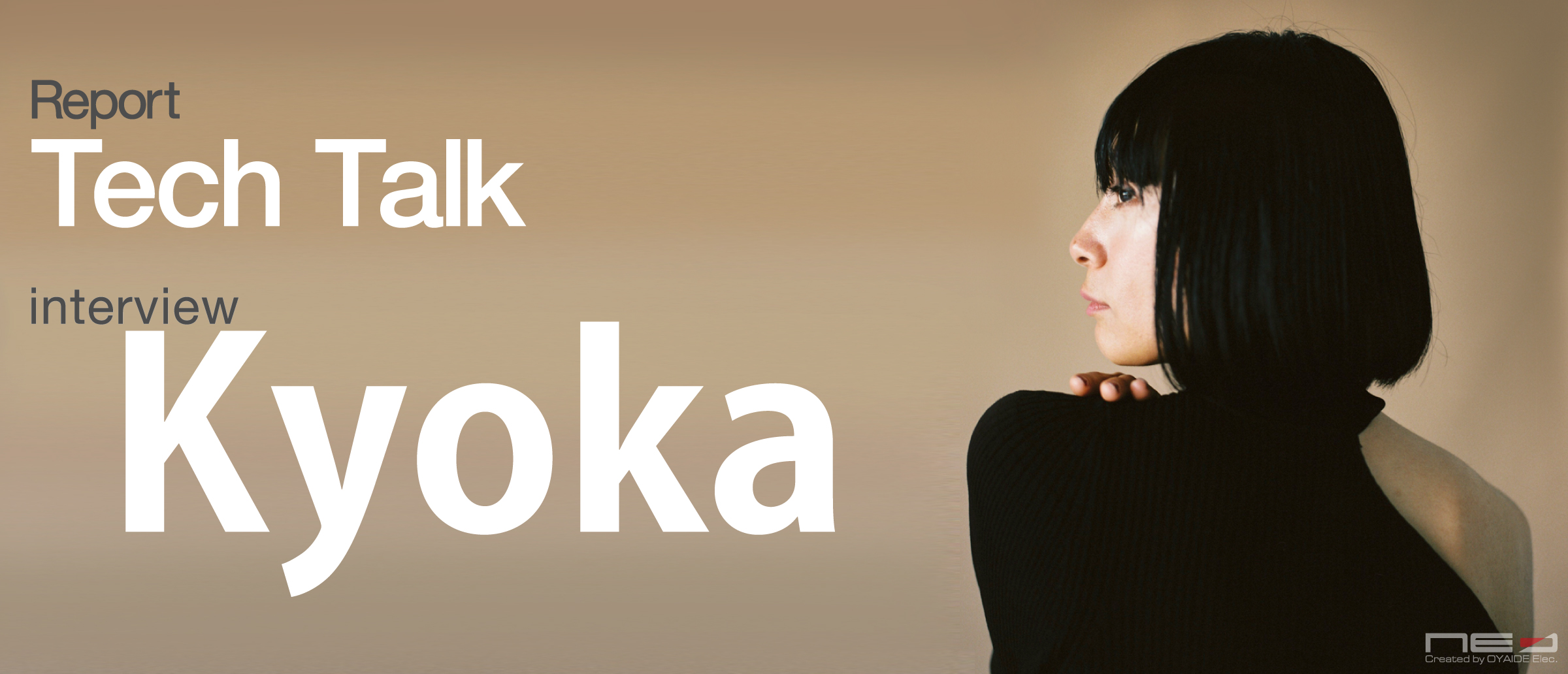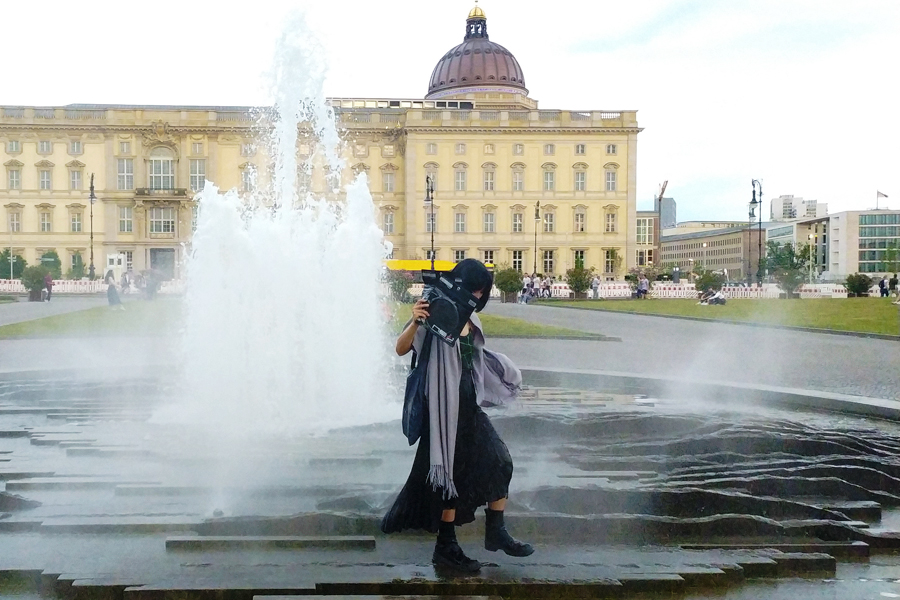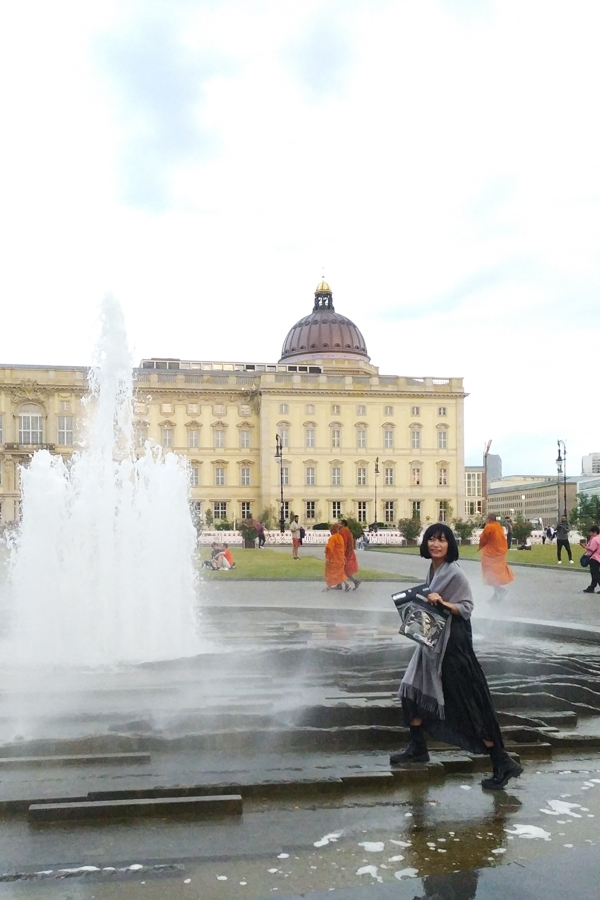REPORT
- NEO PROFESSIONAL
USE CABLES & ACCESSORIES - for Musicians, DJs, Engineers, Producers
& All Creators
REPORT
I think… it was the combination of many experiences that shaped the way I approach music today.

I became captivated by the sound as I spent my days going through trial and error.
OYAIDE : Can you tell us how and when you started playing music?
KYOKA:When I was about 3 years old, my parents took me to the ballet. I was very impressed and intrigued by the phenomenon that the classical music playing at that time kept reverberating and echoing in the hall, even though the performance itself had ended. That is how I got hooked on sound, or rather, that was my original experience.
OY: Later, I started learning to play the piano. Rather than feeling the joy of playing music on the piano, I was fascinated by the interesting “sound” that reverberates when you press the keys.
KYOKA: Besides that, one day I took apart a tape recorder I had acquired, and I was intrigued by the mechanism of what was going on inside. From there, I became interested in the fun of recording, and tried using several tape recorders simultaneously to make multitrack recordings. I found that by doing so, I could create echo effects and reverberations. Even as a child, I became captivated by sound as I spent my days doing trial and error in this way.
 Photo by machina
Photo by machina
Also, Tokyo used to have a lot of foreign artists visiting Japan, a lot of big events and great clubs, so it felt familiar to Berlin as well. There are always a lot of high quality parties going on close to home without having to go far away. I think it’s also attractive that you have the opportunity to be exposed to such music at any time. I was very drawn in by that aspect as well.

Photo by machina
When I was in Spain, I also attended a language school. I went to clubs with friends I met there, played and made improvised music, and was stimulated a lot. While spending time traveling in this way, I developed my ability to synchronize and anticipate the flow of sound. Originally, I was more interested in experimenting with reverberating sounds and equipment than in classical music or band sounds, which are more finished, and I think it was this combination of many experiences that shaped the way I approach music today.
 photo © Alberti Novelli
photo © Alberti Novelli
Among the artists I have met, Ryuichi Sakamoto, Carsten Nicolai, Byetone, Frank Bretschneier, Robert Lippok, Grischa Lichtenberger, Dasha Rush, etc., the artists at Raster Noton are like family. Eomac, who works with Lena Andersson, Headless Horseman, and visual artist Weirdcore have been together for almost 10 years now, and it’s amazing how fast time flies.
I am also friends with Nina Kraviz, Ellen Allien, and DJ SODEYAMA among Techno artists.
When I went back to Japan, I met Ami Kusakari, bass player of Sakanaction, Lena of Galcid, Sakura Tsuruta, Lisa Taniguchi, Licaxx, Ellie Rose, and many others.
I am also friends with machina, who appeared in an interview with Oyaide.
For the first remote live performance we did in Korea, Oyaide-san made the cables for us, and as a result, supported us in the experimentation and consideration part of the project as well. Thank you very much for your help on that occasion.
PageTop